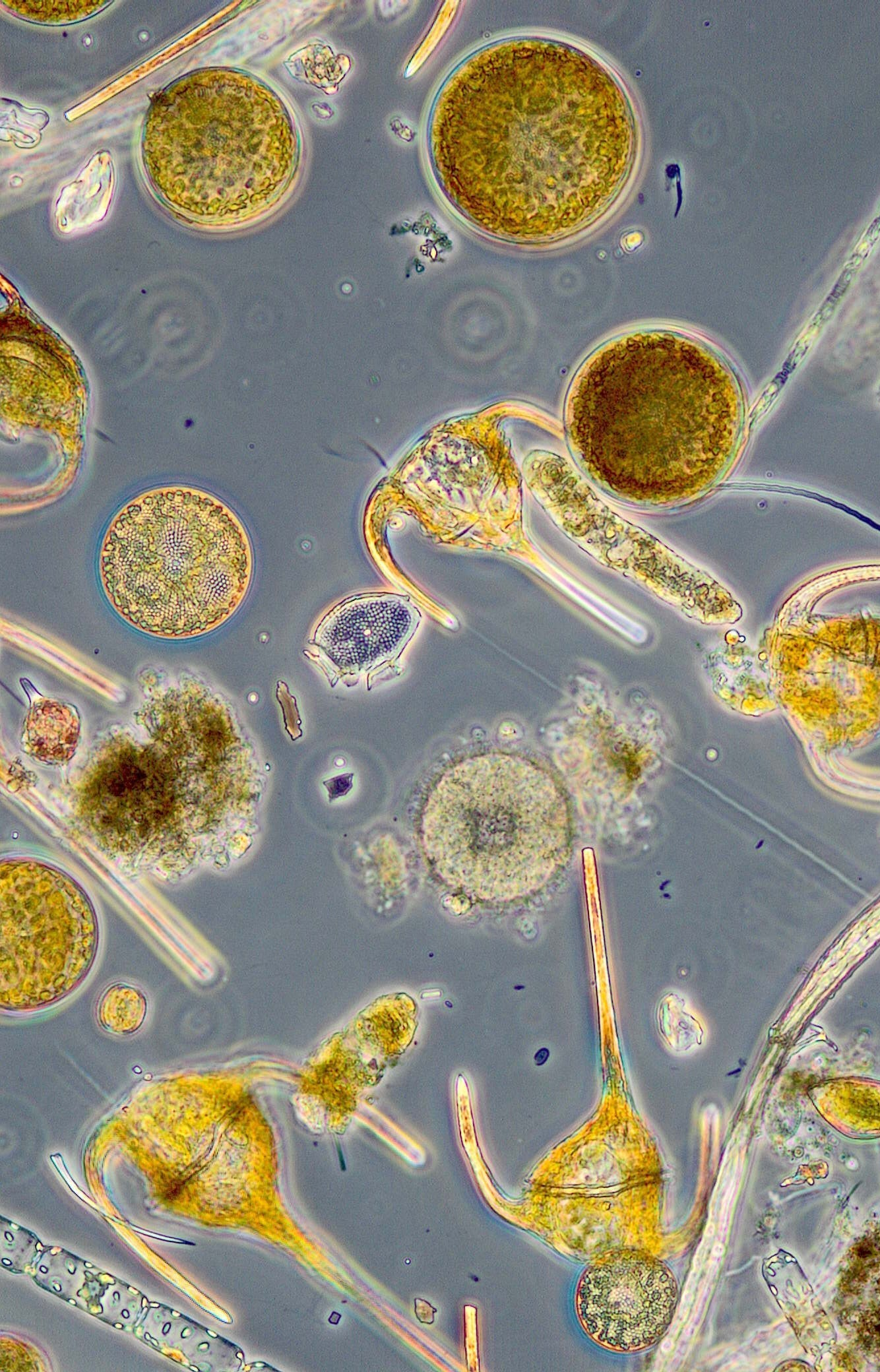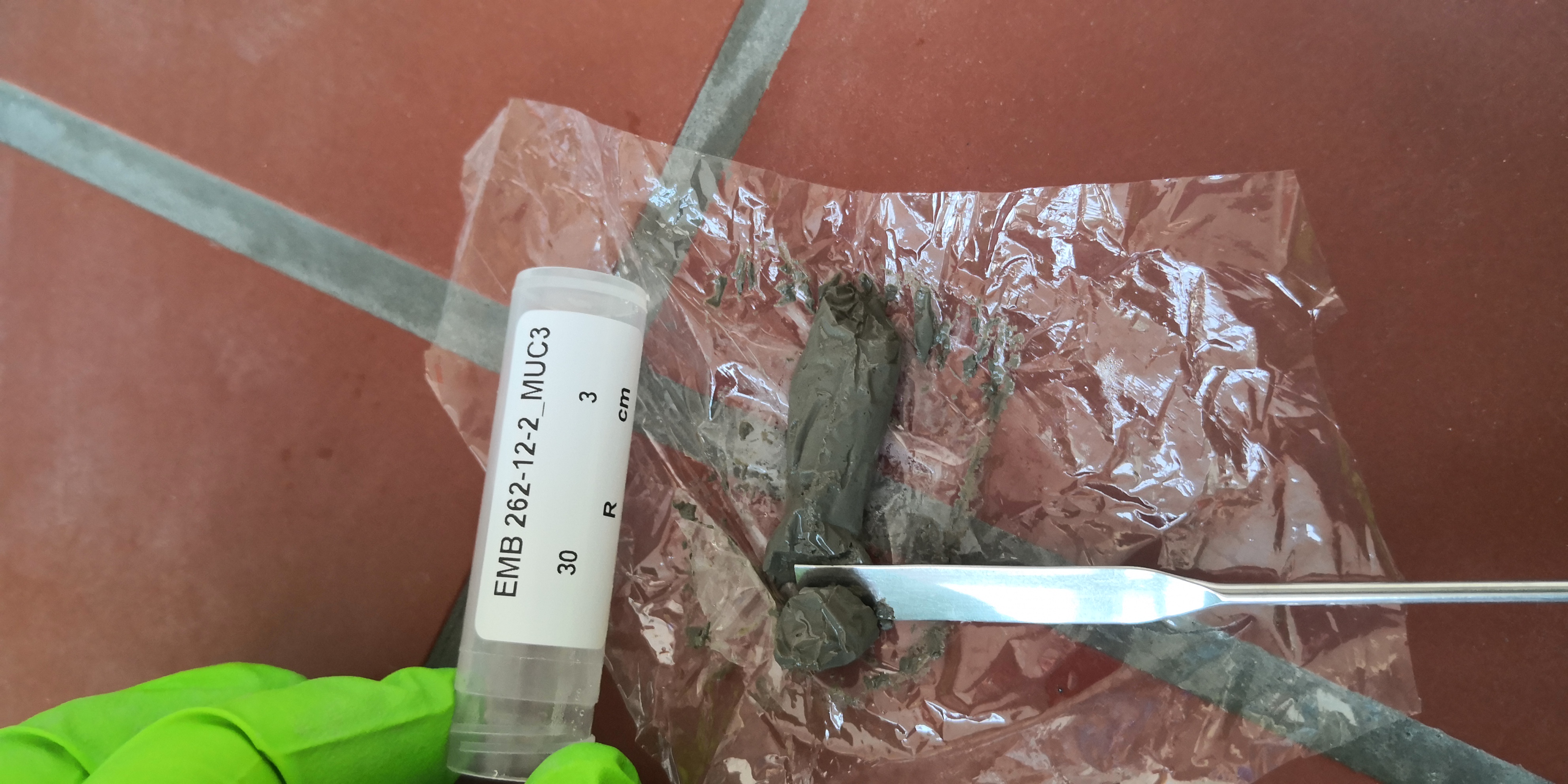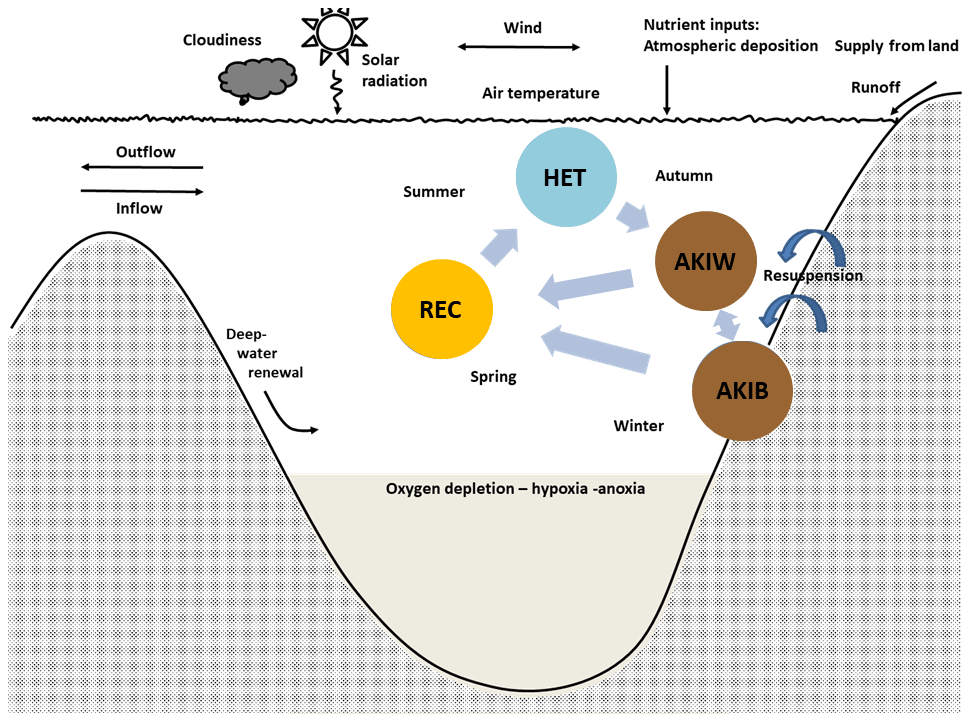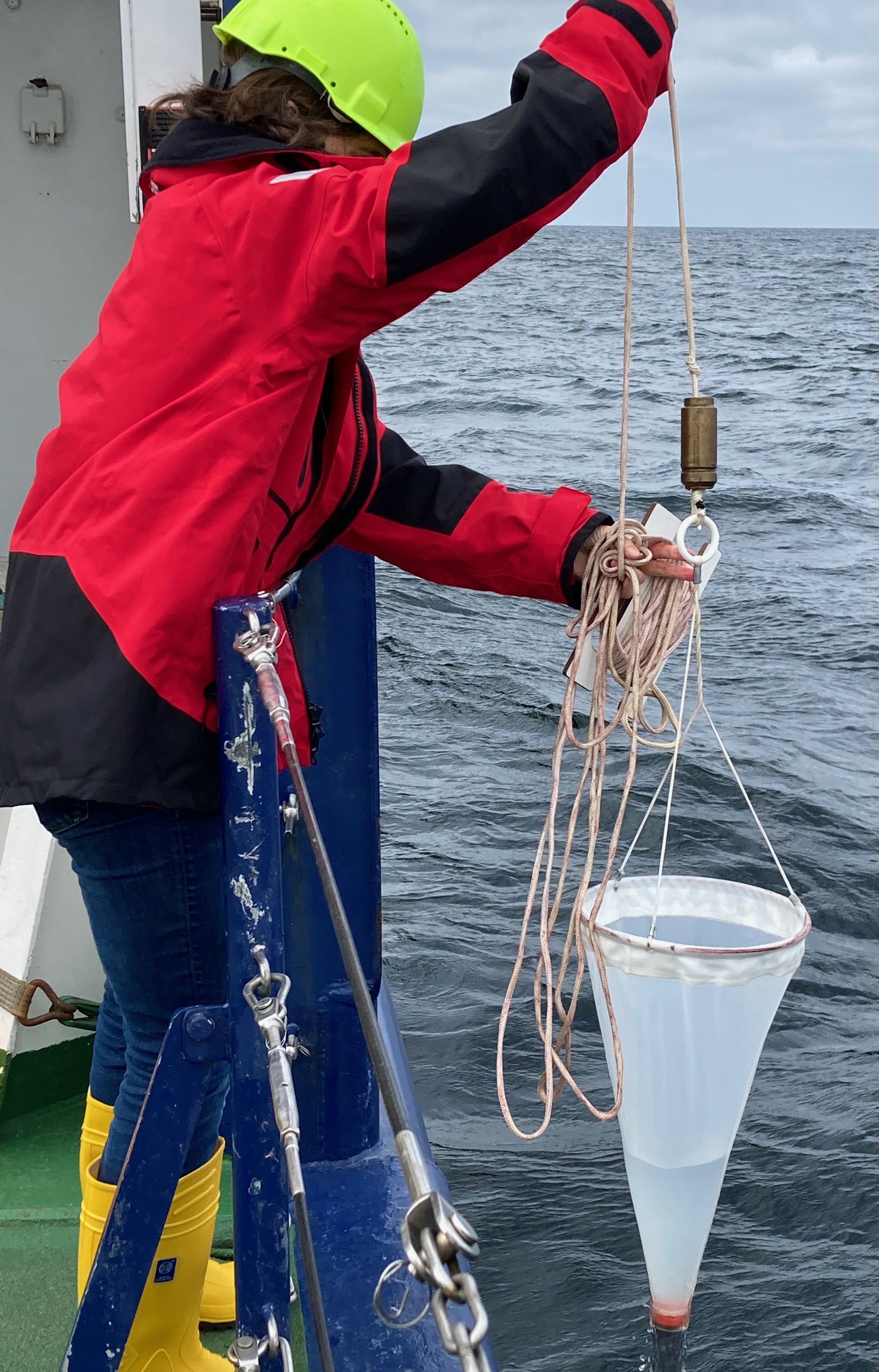Holocene community dynamics of Baltic Sea phytoplankton
Evolutionary changes in phytoplankton populations
Modelling changes in Baltic phytoplankton: from the past to the future
From the sediment archive to pelagic assessment
Holocene community dynamics of Baltic Sea phytoplankton
Evolutionary changes in phytoplankton populations
Modelling changes in Baltic phytoplankton: from the past to the future
From the sediment archive to pelagic assessment


Project leader: Miki Bálint, SGN
Participants: SGN ,IOW , U Konstanz,
U Jyväskylä, Södertälje University (check), Michigan State University
Recent global meta-analyses on short community time series do not find evidence for consistent decrease in species numbers, despite massive and
complex human threats. Community-level regulation balances immigration and extinction locally, and this likely causes the remarkable inability of
local richness to indicate biodiversity change. In WP1 we aim to evaluate the long-term impact of climate change on the structure, composition
and function of Baltic phytoplankton communities using ancient sedimentary eDNA, and compare these with established paleoecological biomarkers.
The Baltic Sea is an ideal system to investigate long-term biodiversity change since its sediment record is well preserved due to extended periods
of bottom anoxia providing excellent conditions for eDNA preservation
Goals: Geological analyses | Reconstruction of Holocene phytoplankton communities | Detection of warming-related changes in phytoplankton function
Keywords: DNA extraction | age models | environmental reconstruction| biomarkers | diatom microfossils | metabarcoding |
joint species distribution modeling
Project leader: Laura Epp, U Konstanz
Participants: U Konstanz, IOW, U Hamburg,
U Gothenburg, U Lund
Dinoflagellates and diatoms, key primary producers of the Baltic spring bloom, are showing shifts in dominance in relation to Anthropocene climate change.
Population size changes coupled with changed selective pressures, likely lead to evolutionary changes in the affected species.
The goal of WP2 is to trace such changes in prominent members of these groups: the diatom Skeletonema marinoi and the dinoflagellate Apocalathium malmogiense.
Genomic resources are available for both species and resurrection approaches have been established for > 100 year old sediments, allowing simultaneous
analyses of genomic and phenotypic changes of the Anthropocene. Population genomic responses on longer timescales, can be analysed using ancient
environmental DNA from sediment cores, in e.g. hybridisation capture approaches. To investigate changes in population structure and function in relation
to past temperature changes, we will experimentally investigate trait changes in resurrected populations of S. marinoi and A. malmogiense
and relate these to this population genomic data from sediment core DNA across the Holocene.
Goals: Resurrection and population genomics | Phenotype changes and eco-evolutionary interactions | Population genomics from sediment core eDNA
Keywords: Skeletonema marinoi | Apocalathium malmogiense | hybridisation capture | bait design | resurrection | trait evolution


Project leader: Inga Hense, U Hamburg
Participants: U Hamburg, IOW, U Konstanz,
SGN, Michigan State University, U Jyväskylä
Marine ecosystem models have been successfully applied to regional and global scales, have run in hindcasts and used for climate projections.
Less emphasis has been placed on long-term community changes (over several hundreds of years), and population dynamics in an ecological context.
The latter has been addressed on shorter time scales for instance by Lee et al. who reproduced observed shifts between diatoms and
dinoflagellates in the Baltic Sea with an ecosystem model. Long term effects and evolutionary processes have been largely ignored until
recently in models. New advances in modeling evolutionary processes allows us to now consider important community, population and trait
changes over time and to study their ecological effects. Using such advanced ecosystem modeling tools, the aim of WP3 is to investigate future
eco-evolutionary responses of the Baltic phytoplankton community and how changes in traits will affect ecosystem functions such as primary
production and nutrient cycling.
Goals: Model development and model setup | Community changes | Changes in populations and ecosystem function
Keywords: 2-population-model | IPCC model
Project leader: Anke Kremp, IOW
Participants: IOW, U Hamburg, SGN, U Konstanz
Partners: HELCOM PEG & HELCOM State and Conversation
Protection and management of the Baltic Sea ecosystem is coordinated by activities of HELCOM. These include a phytoplankton monitoring program
that supplies decadal time series of phytoplankton community dynamics for pelagic assessment and evaluation of management efficacy within
Baltic Sea (HELCOM) and European(MSFD) programs. Nevertheless, current phytoplankton assessment concepts are limited by a lack of a reference
status for a good environmental status as well as information on baseline biodiversity variation, compromising the interpretation of assessment results.
The aim of WP4 is to describe a pre-Anthropocene reference status based on sediment core eDNA and develop novel assessment strategies for phytoplankton
based on past environmental and diversity dynamics.
Goals: Comparing eDNA biodiversity and HELCOM monitoring data | Evaluation of pre-Anthropocene reference status |
Novel assessment strategies with sediment archives | Climate-induced impact on phytoplankton biodiversity & function
Keywords: monitoring | biodiversity indicators | assessment framework development
